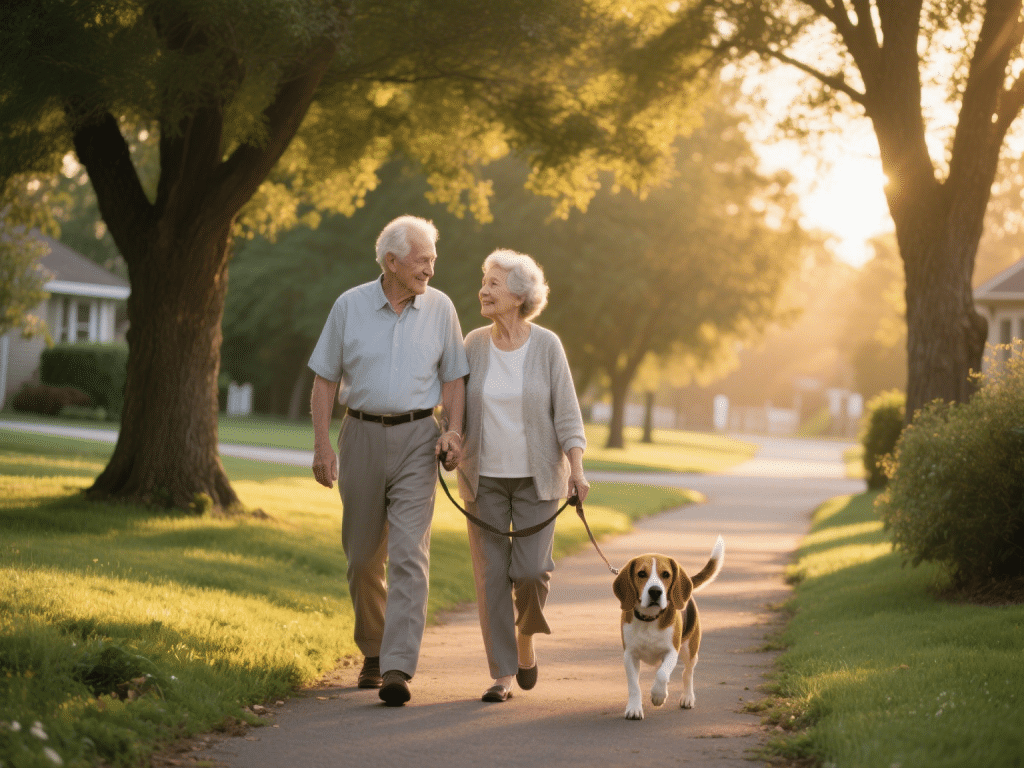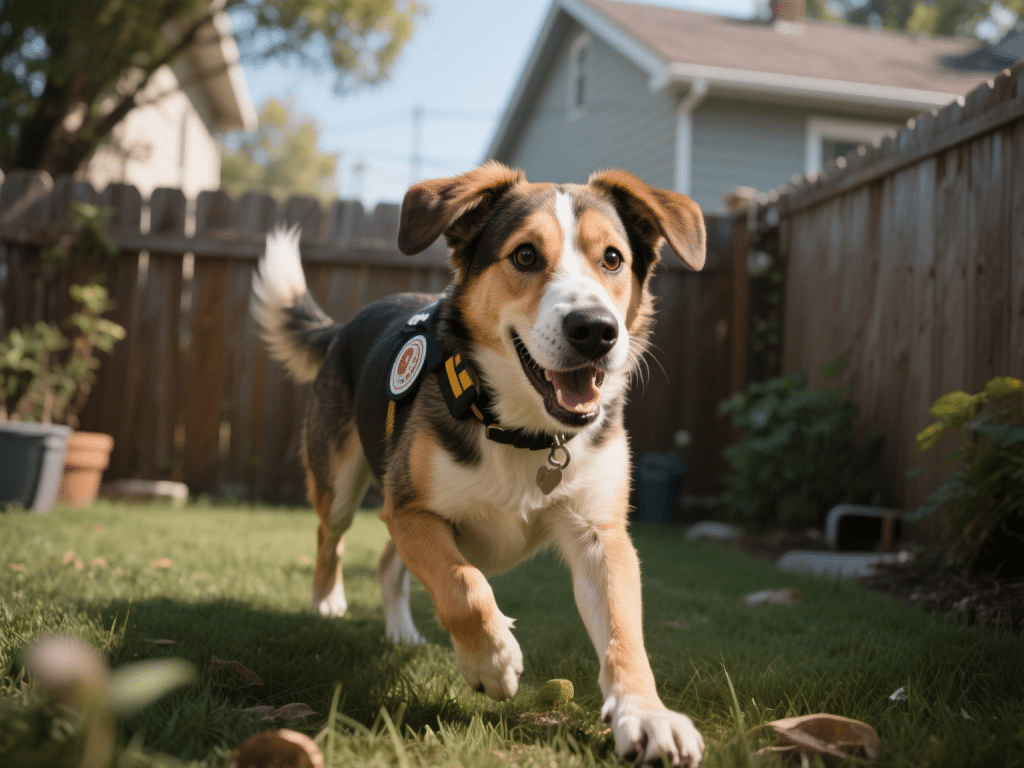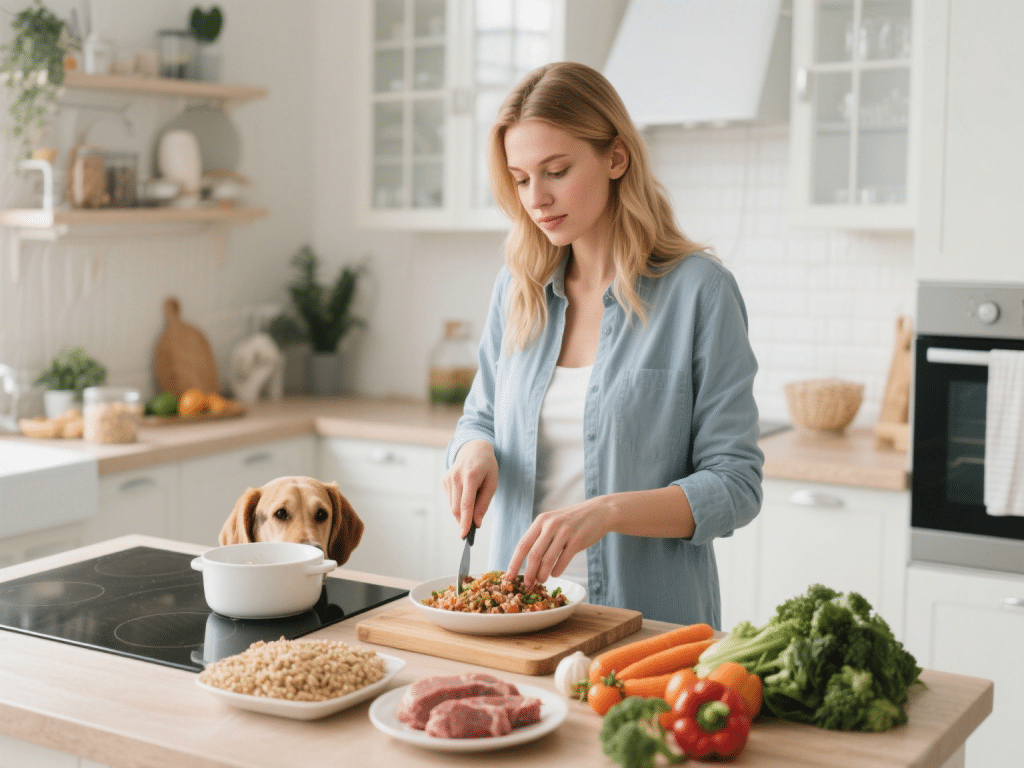
Creating the Perfect Indoor Playground: Enrichment Ideas for Happy Cats
In over a decade advising cat owners, I’ve seen time and again that boredom is the root ...

Raw feeding has surged in popularity due to its potential benefits: shinier coats, cleaner teeth, and improved digestive health. Yet abrupt changes can trigger vomiting, diarrhea, or nutritional imbalances. As a veterinary nutritionist, I’ve overseen hundreds of safe transitions. Follow this phased protocol to introduce raw meals and support your dog’s health every step of the way.
1. Benefits & Risks of Raw Diets
Pros: High bioavailability of nutrients, reduced preservatives.
Cons: Bacterial contamination risk, precise nutrient balancing required.
2. Pre-Transition Checklist
Health Screening: Ensure pets are worm-free and disease-screened.
Consultation: Work with a veterinary nutritionist to formulate balanced recipes.
3. Phased Transition Plan (Over 4 Weeks)
Week 1: 90% current kibble + 10% raw mix (ground muscle meat, organ, and bone).
Week 2: 75% kibble + 25% raw.
Week 3: 50/50 split.
Week 4: 25% kibble + 75% raw.
Week 5: 100% raw feeding.
4. Raw Meal Composition
Muscle Meat: 70% (chicken, turkey, beef).
Organ Meat: 10% (liver, kidney).
Edible Bone: 10% (chicken necks, wings).
Vegetables/Fruits: 10% (carrots, apples; optional fiber source).
5. Food Safety Practices
Storage: Freeze portions for 24 hours to kill parasites; thaw in refrigerator.
Sanitation: Clean prep surfaces with pet-safe disinfectant.
Hygiene: Wear gloves; wash utensils thoroughly.
6. Monitoring & Troubleshooting
Stool Consistency: Firm, well-formed feces indicate good tolerance.
Appetite & Energy: A sudden drop may signal imbalance.
Adjustments: Increase muscle meat if stools are loose; add fiber if too firm.
7. Supplementation
Fish Oil: For omega-3 balance.
Multivitamin/mineral blend: Ensures trace nutrient adequacy.
8. Special Considerations
Puppies & Seniors: Adjust ratios for growth or joint care.
Breed Predispositions: Large breeds need controlled bone intake to prevent orthopedic issues.
Conclusion
A thoughtful, scientifically driven transition to raw feeding can yield health dividends. By pacing the change, maintaining hygiene, and partnering with a nutrition expert, you’ll set your dog on the path to robust well-being.

In over a decade advising cat owners, I’ve seen time and again that boredom is the root ...

Bringing home a rescue dog can be both joyous and challenging. Many shelter dogs carry pas...

Rescue dogs often arrive with trauma from neglect or abandonment, manifesting as fear, res...

IntroductionKittens are especially vulnerable to fleas—they can suffer anemia, dermatiti...

IntroductionGrain-free diets for dogs aim to reduce food sensitivities and support digesti...

Essential Dog First Aid Tips Every Pet Owner Should KnowAccidents and sudden illnesses can...
Comments on "How to Transition Dogs to a Raw Diet Safely" :